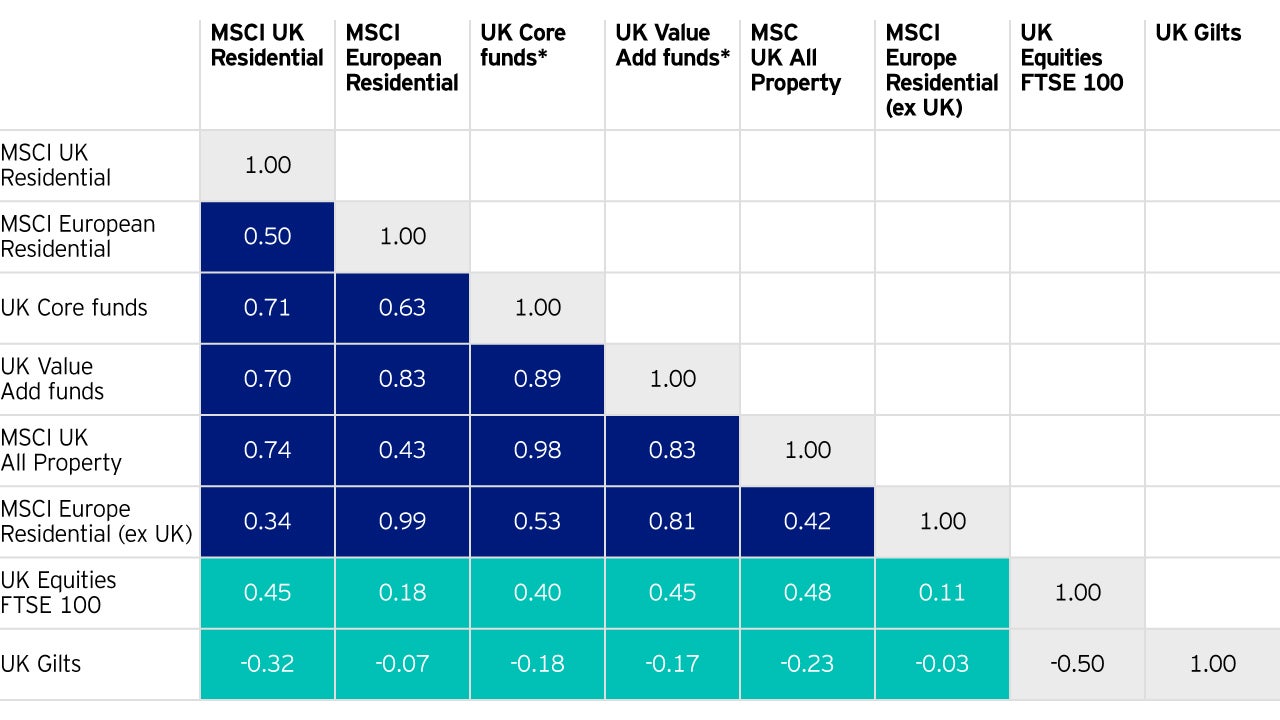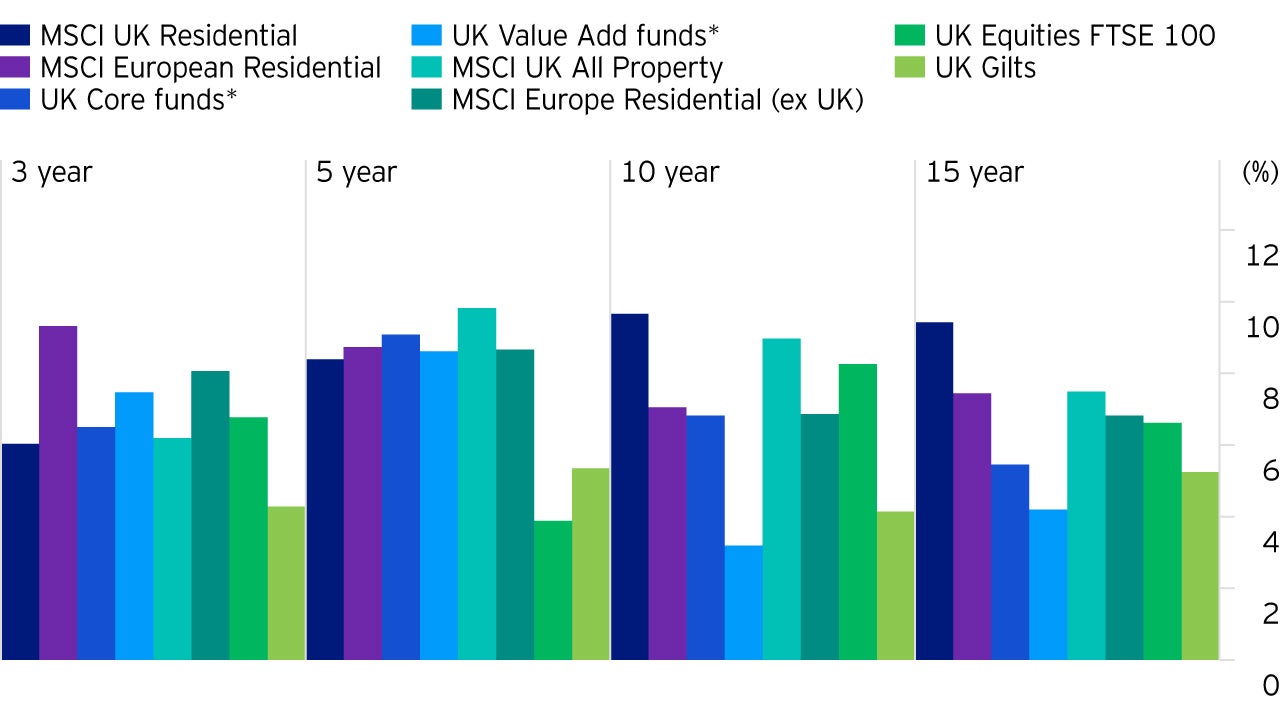Criteria 1: substantially backed by durable assets
Institutional grade PRS assets will likely pass the durability test if they are purpose designed “built to rent” properties (“BtR"); these are focused on providing both the level of accommodation and associated facilities that is expected to attract a pool of tenants who may want to rent both over the short and long term. The basis of a quality, core PRS strategy is not to purchase individual units or “broken blocks” from house builders or existing investors, but instead investing in whole blocks of flats which have been specifically designed for the purpose of “build to rent”. In addition, it is expected that these purpose designed BtR buildings have dedicated on-site management staff who oversee any amenity facilities and the communal areas and ensure the ongoing quality of individual flats for the tenants is maintained over the long term.
This, in our view, is a point of differentiation from many other rental properties currently available in the private rented sector. Strong ESG characteristics are a feature of genuinely durable physical assets. ESG and sustainability are becoming key drivers during acquisition planning, development and ongoing property management of BtR assets. This should include energy efficiency, water, waste and recycling, renewable energy, tenant and community engagement, and health and well-being. Based on current planning requirements, a new build residential scheme in the UK is initially required to start with an energy statement /strategy, which is then demonstrated through the PEA (Predictive Energy Assessment) at design stage. This is later confirmed at the end of construction with the EPC (Energy Performance Certificate). Since October 2016, in Greater London, developers have to deliver “zero carbon” (over and above the 2013 Building Regulations) residential developments – which currently sees the design of the building typically achieving a 40- 50% carbon reduction, with the remaining 50-60% being achieved via a financial contribution to the Local Authority. There is also new regulation which makes it unlawful to rent a property which breaches the requirement for a minimum “E rating” for energy performance on an EPC, unless there is an applicable exemption. UK PRS investments should also support the functioning of communities and could provide a targeted contribution to economic growth and development. An investment strategy should concentrate on geographic locations where there is a proven rental market, potentially combined with a shortage of quality rented accommodation, but focusing on the “mainstream” rental market to maximise the potential tenant base in each of these locations.
Certain parts of Greater London, selected towns in the South, South East and South West of the UK, as well as major gateway towns and cities in the Midlands and North provide the potential locations for BtR developments. These are locations where there is already a proven demand for rental properties and which also offer quality living for workers, which is vital to promoting UK economic development and growth.










